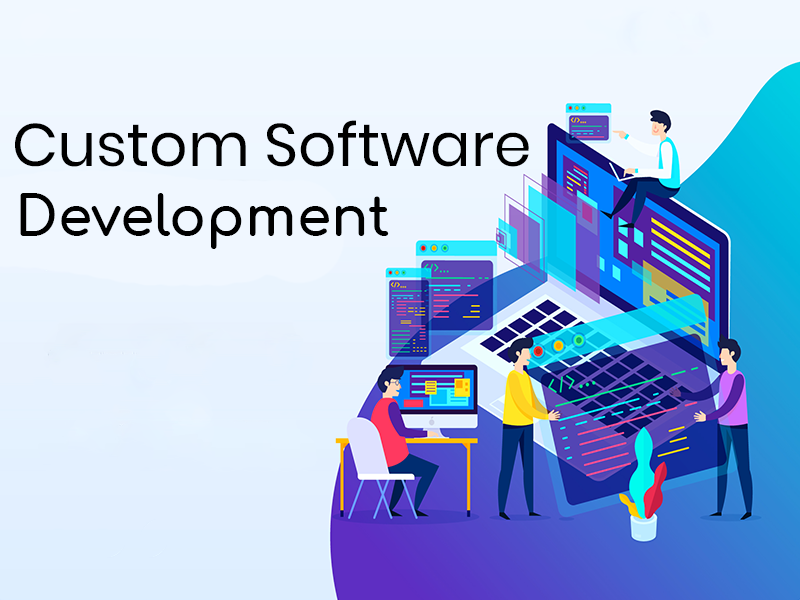Are you afraid of data loss and hacking attempts? Yes, it’s a matter of worrying but I have the best solution for you in this discussion. Currently, it is crucial to secure sensitive credit card information. A full infrastructure that satisfies the Payment Card Industry Data Security Standard (PCI-DSS) is required if your company manages credit card information and wishes to protect it. However, constructing a PCI-DSS-compliant solution necessitates a thorough strategy to guarantee the greatest degree of safety & secure private banking information. Thus, in the given discussion, we will examine the numerous PCI-DSS compliance standards and methods that businesses should be aware of in order to preserve the confidentiality of information and avoid hacking of data.
What exactly is PCI-DSS, and in what way can I comply with it?
The Debit and Credit Card Association Information Security Policy is represented as PCI-DSS. It is a collection of safety guidelines managed by the Credit Card Association Safety Committee and created by a number of credit card companies, including Visa & Mastercard.
The major objective of PCI-DSS is to create an extensive structure to assist organizations and enterprises in managing payment card data to maintain card details’ safety while preventing attacks.
PCI-DSS compliance is required of all companies, banks, merchants, and vendors that store, manage, or transport credit card information. Taxes for violations with PCI-DSS, increased transaction fees, plus a host of additional expenses may emerge as an outcome, since firms may have to take more comprehensive procedures to keep up with the requirements later. Businesses must regularly conduct safety evaluations to obtain PCI-DSS compliance. Local companies may use self-assessments, whereas bigger retailers may use on-site evaluations by trained safety analysts.
According to the annual volume of debit and credit card transactions processed by a business or vendor, the PCI-DSS is divided into 4 stages. These stages aid in figuring out how much security analysis and compliance inspection a firm needs. The stages of PCI-DSS are listed below:
Stage 1:
The first stage relates to businesses or vendors who handle the most payments with credit cards annually. This applies to businesses that have had a hacking incident that exposed cardholder information, and also to businesses that execute over six million credit or debit card transactions annually.
Regulatory Requirements: A Certified Quality Auditor must carry out a yearly on-site evaluation of Stage 1 suppliers. An evaluation of conformity is also required in order to demonstrate conformity with the standards.
Stage 2:
Companies that handle between one million and six million sales annually fall under Stage 2.
Conditions for conformity: To demonstrate their compliance with PCI-DSS, Stage 2 providers have to submit a yearly evaluation survey or a biannual system analysis by an Authorised Scan Supplier.
Stage 3:
Vendors who handle twenty thousand to one million online sales yearly fall under Stage 3.
Conditions for compliance: Like Stage 2 sellers, Stage 3 sellers must submit to periodic network analysis by an Authorized Scan Provider or a yearly self-assessment survey.
Stage 4:
Stage 4 is available for companies that execute a maximum of one million sales through different mediums but less than twenty thousand dollars in online purchases annually.
Stage 4 retailers must annually complete a self-assessment survey to evaluate their compliance with PCI-DSS. In certain situations, companies can be required to hire a (Registered Scanning Supplier) to do monthly system assessments.
The Software Development Safety Standards and Tips to Meet PCI-Certified
Software Development Safety Standards are the particular guidelines and recommendations that businesses must adhere to across the whole process of custom software development. These specifications are crucial for safeguarding private information and avoiding safety flaws, and possible data thefts.
Software development safety guidelines are essential for creating an efficient network that complies with PCI-DSS in the context of PCI compliance.
Let’s go through the main security criteria for software development that comply with PCI.
Dynamic Code Inspection
Dynamic program evaluation is an initial critical safety condition. In order to find security flaws and coding problems before the development lifecycle, this approach comprises analyzing the original code of apps by a formally authorized SCA service. Businesses may lower the probability of potential information theft and offer a safer platform by correcting these problems before implementation.
Assessment of vulnerabilities and defense system
Using AI to examine devices, networks, and other software in order to find possible safety holes and flaws is known as vulnerability assessment. Frequent vulnerability assessment is necessary to detect security flaws early and lower the likelihood that malevolent users would use them against you. Utilizing safety measures and methods to defend against known weaknesses and possible threats is the protective mechanism. This comprises app firewalls, access restrictions, attack detection networks, and security screening for staff PCs that have permission to use the network.
Identity Rotation, Password Intricacy, and Safe Verification
When granting visitors permission to use private information or networks, safe login procedures require confirming the users’ credentials. To avoid unwanted access, this entails enforcing strict password regulations, implementing MFA, and capping the number of login attempts.
Identity intricacy is the need for users to construct complicated passwords using a combination of values, particular symbols, & combined case characters. To reduce the possibility of identities being hacked, encourage users to update their passwords often.
Summary
Although developing a PCI-DSS-compliant system is difficult, it is necessary for safeguarding customer information as well as maintaining consumer confidence.
You may create a dependable and secure architecture that complies with the PCI-DSS requirement by comprehending the breadth of your customer information environment, implementing strict access restrictions, protecting information, keeping safe networks, and routinely inspecting and evaluating systems.
In order to ensure a secure environment for credit card transactions, keep in mind that PCI-DSS compliance is a continuous effort.
Are you ready to secure your company’s personal information? Let’s talk to VirtueNetz experts and discuss your problem Get free consultancy to secure your clients and customers’ data online.


